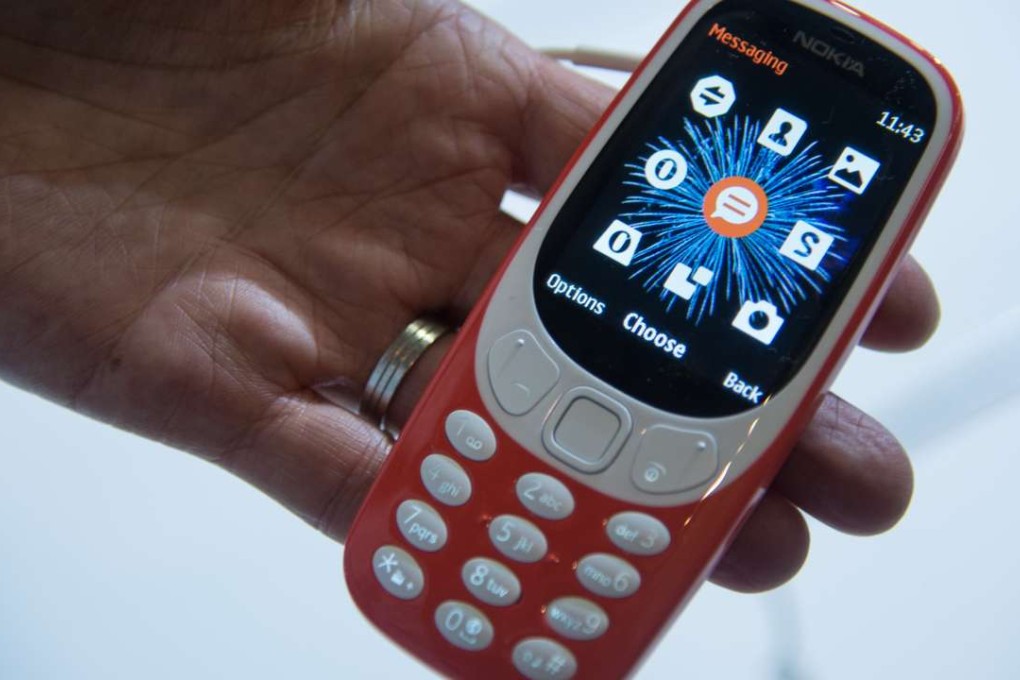Could 2017 see the return to mobile dominance of BlackBerrys and Nokias?
The new Nokia and BlackBerry phones shown at Mobile World Congress rely heavily on nostalgia and are aimed at niche markets; will that be enough to pull customers away from Apple, Samsung and the other big makers?

It’s hard to imagine now, with the Apple iPhone and the array of Samsung models around the globe, that there once was a time when Nokia and BlackBerry were kings of the mobile phone industry.
Finnish company Nokia made some of the first mobile phones in the 1980s, helped these devices become household items in the early 2000s, and by 2007, had a whopping 41 per cent of the mobile handset market.
Meanwhile, BlackBerry, the brainchild of Canadian company Research in Motion, dominated the enterprise market, becoming a status symbol among working professionals. At its peak in 2009, it made an annual profit of US$2 billion and had a 20 per cent market share.
We all know what happened next. Neither company took the iPhone, with its iOS platform, seriously when it was introduced in 2007, and within five years their kingdoms had fallen to the iPhone and phones using Google’s Android.
By the time Nokia and BlackBerry stopped making phones, in 2014 and 2016 respectively (the former was first sold to Microsoft and later passed to Finnish start-up HMD Global, while BlackBerry became the property of Chinese company TCL), the brands had been irrelevant for so long, no one but the most hardcore of mobile geeks cared – and even that was out of pure nostalgia.
